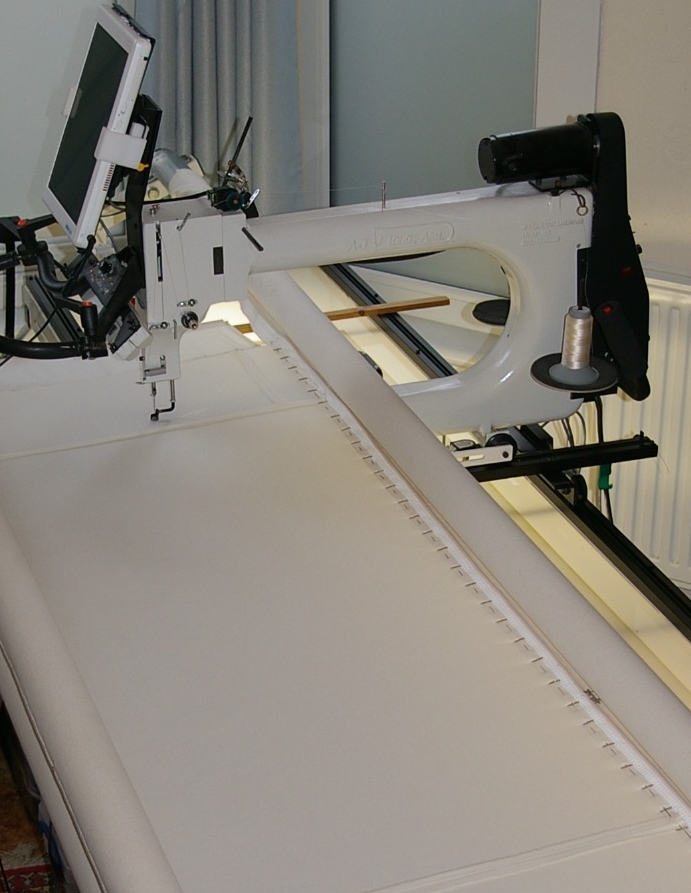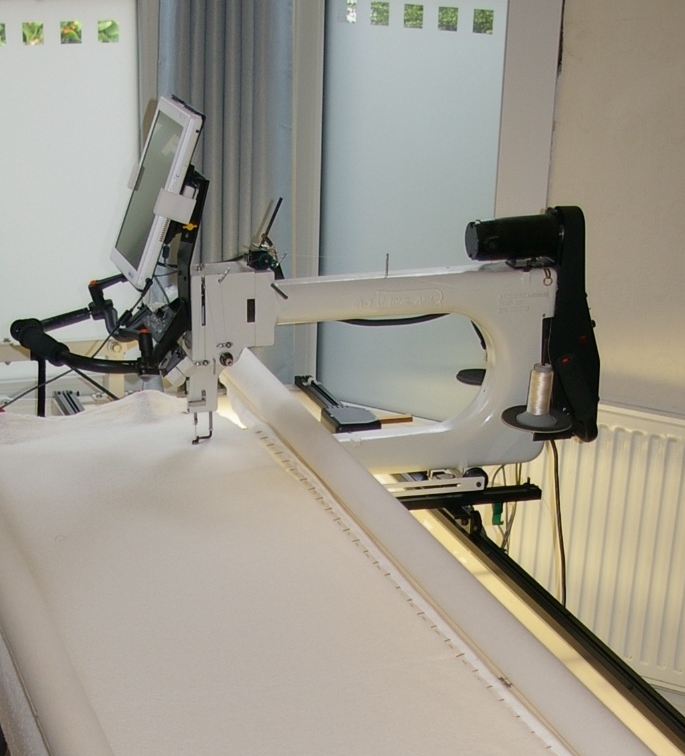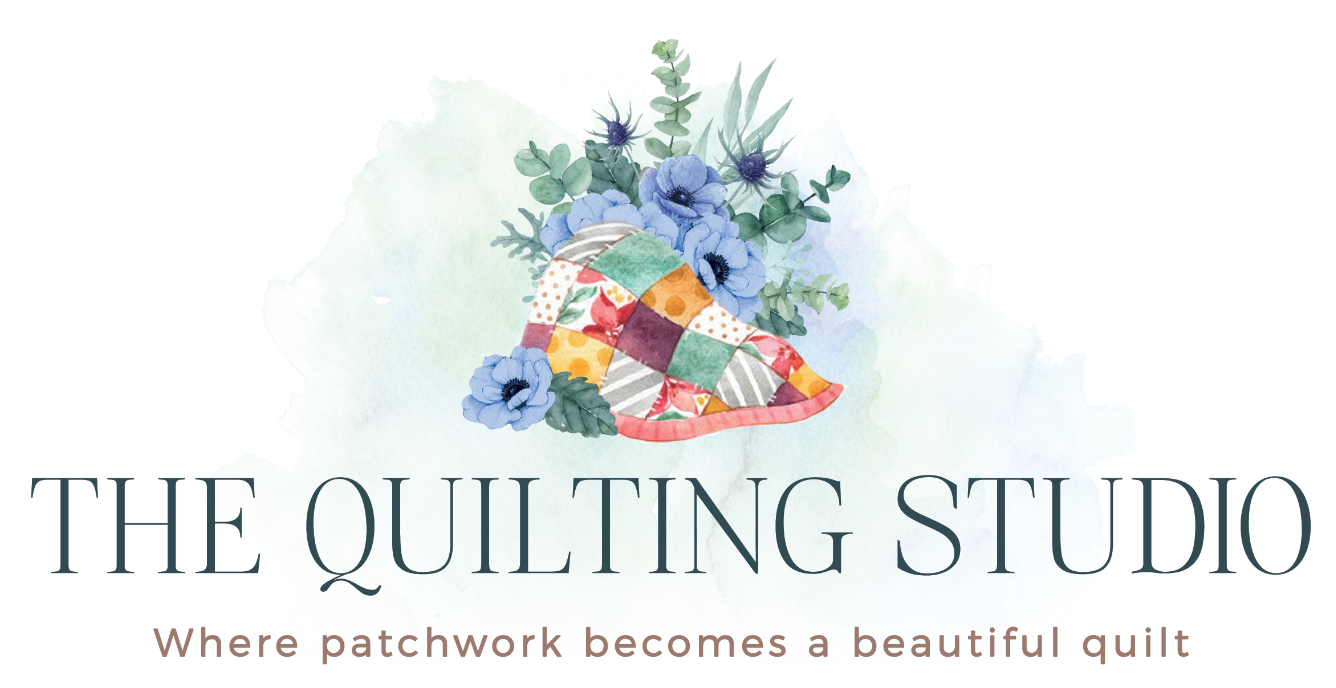Preparing your quilt for longarm quilting
PREPARATION OF YOUR QUILT
A few things to remember if you are going to use a longarm quilter:
- If your quilt is directional, please pin a note identifying which is the top of the quilt.
- Your backing fabric and wadding will need to be at least 4" wider on all the sides of the overall quilt top; i.e. top, bottom, left and right sides - so if your quilt is 60" x 60", then the backing should be 68" x 68"- see Q&A page for more details.
- Iron your quilt top; remove any stray threads so they don't show under light fabrics.
- If you piece the backing together remember to remove any selvedge edges from the seams before stitching together with a small stitch length. Iron the seams open and make sure they are laying flat.
- Due to fabric drawup I cannot guarantee that any panel or specific pieced backing will be centred on the finished quilt - I do try my best but won't guarantee it.
- Please check your quilt top to make sure that there are no stray pins left in it.
- Do not stitch, pin, tack or spray glue the quilt together into a quilt sandwich. The backing fabric, wadding and quilt top are loaded onto my longarm frame separately.
- If you are posting your quilt, please make sure that it is insured. You are responsible for all postage and insurance costs including return postage.
- When packing up your quilt for postage I strongly suggest wrapping it in some sort of protective covering, just in case it is comes into contact with anything wet on its postal journey. I would suggest putting your address details inside the packaging as well as writing them on the outside - just in case something goes astray. I would also suggest that you do NOT use black bin bags. If your package goes astray, someone finding a black bin bag will automatically think it is rubbish - use white bin bags instead.
Backing Fabric

The first thing loaded onto the longarm is the backing fabric - wrong side up.
This is pinned onto the front and back rollers. The excess fabric is then rolled up onto the back roller until it is taut.
Wadding

The next thing to be loaded onto the longarm is the wadding.
Natural waddings have a scrim, and there is a right and wrong side to them.
The top of the wadding is tacked down and then the rest of the wadding is rolled onto a separate roller situated underneath the longarm table.
Quilt Top
Finally the quilt top is loaded onto the longarm - right side up.
The top edge will be tacked down so that the quilt does not move when being quilted. As the quilted part of the top is rolled forward, the sides of the top will also be tacked down to prevent any movement during quilting.
